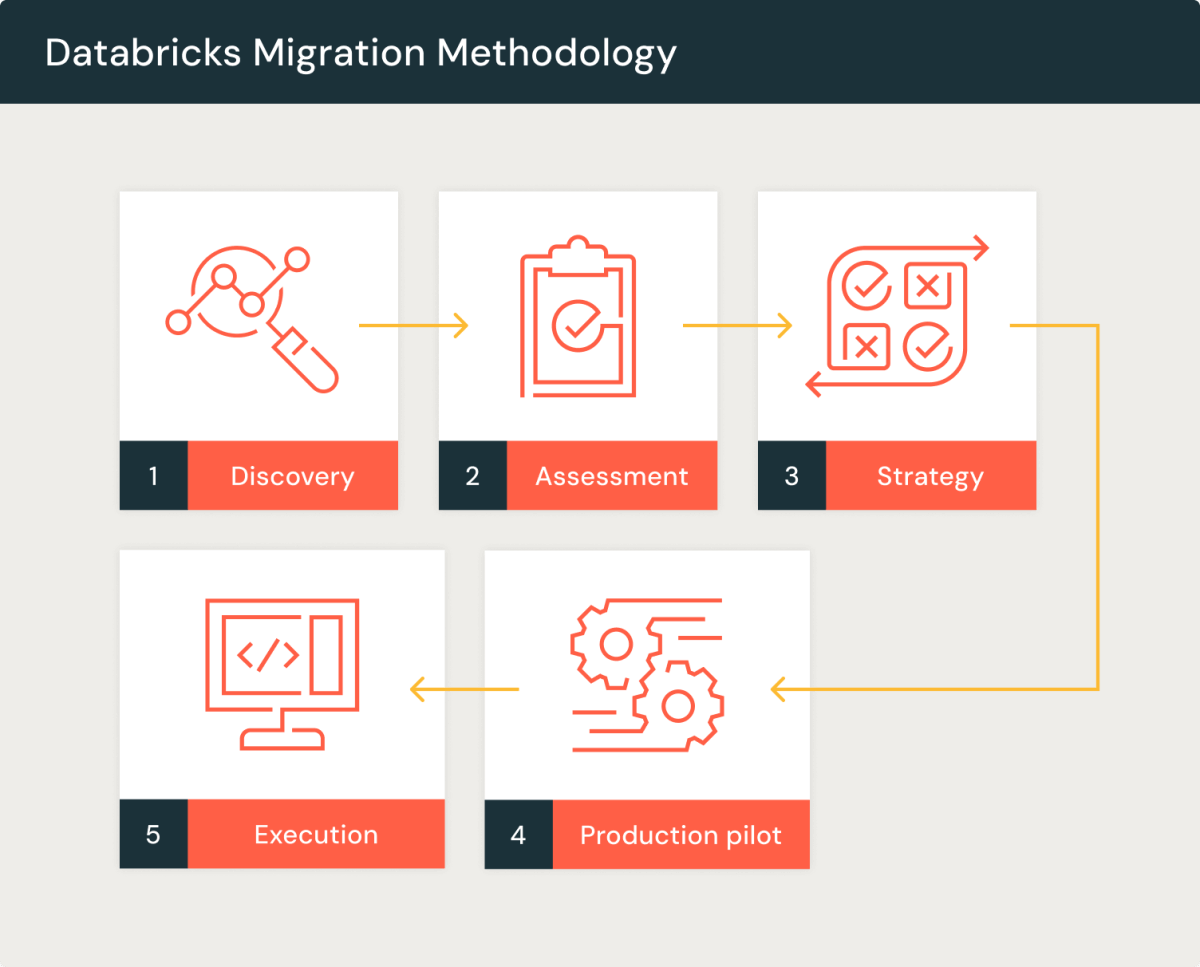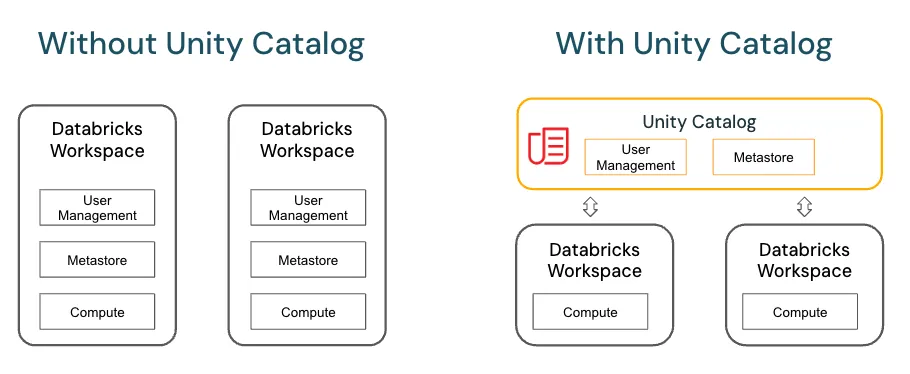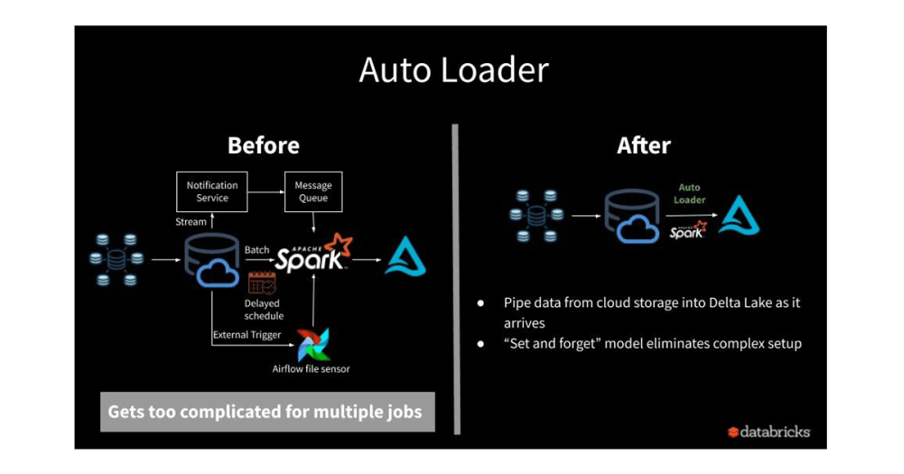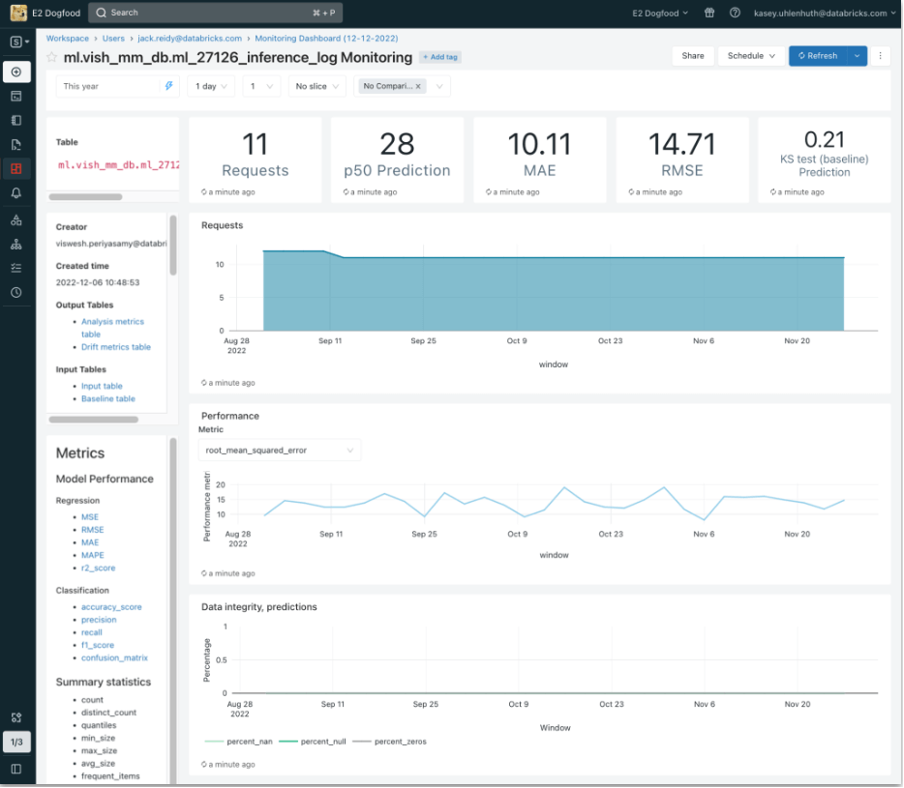
Lakehouse Deployment & DevOpsFramework Unified best practices for structured, production-grade delivery.
Introduction
Running Databricks at scale requires more than just powerful compute—it demands operational rigor. Teams need a way to move code safely across environments, track and test changes, automate deployments, and recover gracefully from failures. Yet many organizations rely on fragmented processes: ad hoc job promotion, inconsistent naming conventions, and little visibility into what's running where.
The Lakehouse Deployment & DevOps Framework brings together best practices from Databricks Asset Bundles (DAB), GitOps, and environment isolation into a unified delivery model. It offers a ready-to-clone foundation for structuring code, bundling jobs, and deploying through CI/CD pipelines—reducing risk and accelerating delivery across dev, staging, and production.

Why This Matters
Without a structured deployment model, clients face increased time-to-market and greater risk in production. Dev, stage, and prod environments may be misaligned, leading to test failures or unexpected behavior in production. Manual deployment steps introduce variability. Developers lack a common system for promoting changes, and rollback is rarely easy.
This framework solves for consistency and confidence. It brings together tooling and conventions into one unified deployment model that minimizes risk while improving developer velocity.
How This Adds Value
Clients using this framework are able to deliver value faster and with fewer production incidents. It standardizes deployments across all environments and reduces friction between developers, platform teams, and business stakeholders. It becomes the backbone for any data product or ML initiative.
- Offers a modular, Git-based repo structure for all assets.
- Leverages DAB to unify deployment artifacts and environment configs.
- Supports automated CI/CD pipelines for safe promotion.
- Creates a single point of entry for new projects or domains.
Technical Summary
- Components: DAB bundles, Git repos, staging configs, Workflows
- Tools: Databricks CLI, Repos, GitHub Actions/GitLab CI, Terraform (optional)
- Patterns: Branch-based deployment, env isolation, rollout automation
- Assets: Template repo, DAB files, CI/CD workflows, environment strategy guide

























